Pore Strips: 6 Steps To Remove Blackheads Safely
As long as you use these strips the right way, you can enjoy visibly clearer skin.

Image: Shutterstock
Pore strips have adhesive and are commonly used to clear dead skin cells and improve skin texture. It helps you make your skin smoother. You might have used pore strips to remove blackheads, dirt, and debris from the skin pores, especially on your nose, chin, and forehead. But have you ever wondered if they are good? Are they doing more harm than good? Read this article to find out and learn everything about pore strips.
In This Article
How Do Pore Strips Work?
According to Cassandra Bankson, skin care expert and medical aesthetician, “Pore strips are usually made of adhesive applied to the skin, generally on the nose where pores are largest. These strips occasionally contain ingredients, such a salicylic acid to help with blemishes and blackheads. These strips adhere to the sebaceous filaments and blackheads inside the pores, and pull them out, along with top layers of the dead keratin cells called corneocytes. In other words, pore strips exfoliate and extract.”
However, pore strips do not diminish the size of pores or prevent blackheads from forming. Here is a guide for using them properly.
Key Takeaways
- Pore strips adhere to blackheads inside the pores and pull them out.
- Some pore strips also have salicylic acid, which helps reduce blemishes and blackheads.
- Ensure you apply a serum after using pore strips to reduce skin irritation.
How To Use Pore Strip For Blackheads
Step 1: Wash Your Face
Wash your skin well with a face cleanser to clean the grime and grease off your face.
Step 2: Steam
Steam your face for around 3 minutes, or use a hot towel for 5 minutes to loosen the sebum, dirt, and debris inside the pores.
Step 3: Apply The Strip
Before using the pore strips, read the instructions and guidelines. Remove the plastic cover and place the smooth side on your nose. Gently press it to ensure proper application. Simultaneously, apply the strips to your chin, forehead, and other places prone to blackheads. You may also do a DIY pore strip by using natural ingredients like eggs and honey.
Step 4: Let The Strip Dry For Few Minutes Until It Feels Stiff
Wait for 15-20 minutes until the strip feels stiff. This ensures the strip attaches to the skin properly and pulls out as much gunk as possible.
Step 5: Peel The Strip Off
Start removing the strip from the edges slowly and carefully. Do not pull or rip it off as it may damage the skin. The blackheads should be visible on the pore strip once you remove it.
Step 6: Wash Your Face
Rinse your face with water
to remove any remaining adhesive residue. You can also apply an ice cube wrapped in a cloth to reduce redness and swelling (if any). Finish off with a toner. However, you are not done yet. Aftercare is equally important to ensure clear and smooth skin.
Aftercare
says, “Make sure you are protecting the skin! Use a serum containing salicylic acid to prevent the reappearance of blackheads and acne. It also prevents the pores from filling up with more sebum or oil.” She adds, “You must use sunscreen. Pore strips are exfoliating. Protect your nose with sunscreen as this is a common area that skin cancer can form, and remember that exfoliation should always be followed up with protection.” You should also moisturize your skin to keep it hydrated, as pore strips can tear the skin and dry it out.
Although pore strips are widely used for blackheads, dermatologists usually do not recommend using them. Keep reading to find out why.
Do Dermatologists Recommend Pore Strips?
No. Dermatologists usually do not recommend pore strips. It is because they can rip the skin, causing irritation and injuries. Pore strips also do not prevent or effectively treat a condition. Instead, they are a quick fix to clear gunk from deep within a pore.
That is why most dermatologists recommend using salicylic acid, a beta-hydroxy acid, as it tackles the present problem and prevents future blackheads. However, if you are in a hurry or looking for a quick solution, you can use pore strips. Here are a few things to keep in mind while buying them.
How To Buy The Best Pore Strips
When buying pore strips, ensure that you:
- Check the ingredients and avoid chemicals like parabens, alcohol, and phthalates, all of which will dry out your skin. Also, keep an eye out for potential allergens like essential oils and fragrances.
- Get a pack that includes chin and forehead strips if you wish to utilize them on other parts of your face.
Also, - Never use pore strips on inflamed or damaged skin.
- Seek advice from a dermatologist if you are unsure where to begin. They might be able to recommend a product depending on your specific skin concerns.
Cassandra Bankson states, “People with sensitive skin should avoid pore strips altogether. People with oily and acne-prone skin should look for pore strips with BHA to help with excess oil production. Those with dry skin should be careful with pore strips and follow up with moisturizers. Always go for a pore strip with soothing and hydrating ingredients like hyaluronic acid.”
Caution: Avoid pore strips if you have existing skin conditions like rosacea, psoriasis, and eczema. Pore strips can further aggravate the conditions.
 Quick Tip
Quick TipWhile the strips are satisfying to use, there are better alternatives to reduce the appearance of pores and eliminate blackheads. Check them out.
Other Ways To Remove Blackheads
1. Exfoliation
Exfoliating the skin
eliminates dead skin cells and clears clogged pores. You can use a cloth or a soft brush to exfoliate your skin with your regular cleanser. You may also use a face scrub. Exfoliate your skin once or twice a week or less frequently if your skin is sensitive.
2. Use Clay Mask
Clay masks can also help to remove dirt and grime from the pores. Look for a product that contains activated charcoal for better results. If you have sensitive skin, always follow up with a moisturizer.
3. Apply Retinol
Retinol is an effective acne-fighting agent (1). It aids in cellular proliferation, allowing dead skin cells to be pushed out of your pores and off your face. It may irritate the skin initially, so start with the lowest percentage of retinol. Also, apply it at night as it can also make your skin more susceptible to the sun.
 Quick Tip
Quick TipYou may also consider these professional treatments for acne and blackheads:
1. Microdermabrasion
Microdermabrasion is a non-surgical facial resurfacing method widely utilized in the beauty industry. In the 2025 Plastic Surgery Statistics Report prepared by the American Society of Plastic Surgeons, microdermabrasion emerged as a popular cosmetic minimally invasive procedure, with a total of 522,693 treatments conducted. Of these procedures, 81% were performed on females. The national average surgeon/physician fee for microdermabrasion was $167, resulting in a total expenditure of $87,305,334 for this cosmetic intervention. This procedure removes the outermost layer of dead skin cells to improve the appearance of pores, reduce excess sebum, and prevent blackheads and whiteheads (2).
2. Chemical Peels
Chemical peels for acne are keratolytic and can exfoliate the skin to clear clogged pores on the nose and the rest of your face. They remove dead cells and debris and prevent acne and blackheads (3). They also reduce the probability of future breakouts.
3. Laser and Light Therapy
This treatment uses concentrated lasers to target and eliminate acne, whiteheads, blackheads, and nodules. The lasers can kill acne-causing bacteria, reduce inflammation, and control excess sebum production to minimize breakouts (4).
Pore strips are the adhesive applied to the skin to remove blackheads, dirt, oil, and grime from the skin pores. The strips help pull out the dirt and dead keratin cells. Although they are easy to use, you should be careful. You may use salicylic acid to prevent breakouts and decongest the pores to prevent blackheads. It is because your skin may get damaged and bruised if you incorrectly use pore strips. However, you may follow the tips and instructions mentioned in the article to use pore strips properly.
Frequently Asked Questions
Can I put pore strips on my cheeks?
Yes, you may use pores strips designed for cheeks. Nose pore strips are not suitable for cheeks.
What happens if you put a pore strip on a pimple?
Using pore strips on pimples and active breakouts may further increase inflammation and irritate the affected area as they contain strong adhesive.
Uncover the most effective techniques for using pore strips for blackheads. Listen to a dermatologist’s perspective on their practical benefits, how they function, and the satisfaction involved at the visible results. Click play to find out!
References
Articles on StyleCraze are backed by verified information from peer-reviewed and academic research papers, reputed organizations, research institutions, and medical associations to ensure accuracy and relevance. Read our editorial policy to learn more.
- Topical retinoids in acne an evidence-based overview
https://pubmed.ncbi.nlm.nih.gov/18479477/ - Microdermabrasion: an evidence-based review
https://pubmed.ncbi.nlm.nih.gov/20048628/ - Chemical peels in active acne and acne scars
https://pubmed.ncbi.nlm.nih.gov/28274356/ - Light-based therapies in acne treatment
https://www.ncbi.nlm.nih.gov/labs/pmc/articles/PMC4439741/
Read full bio of Dr. Schwarzburg
Read full bio of Monomita Chakraborty
Read full bio of Eshna Das
Read full bio of Swathi E






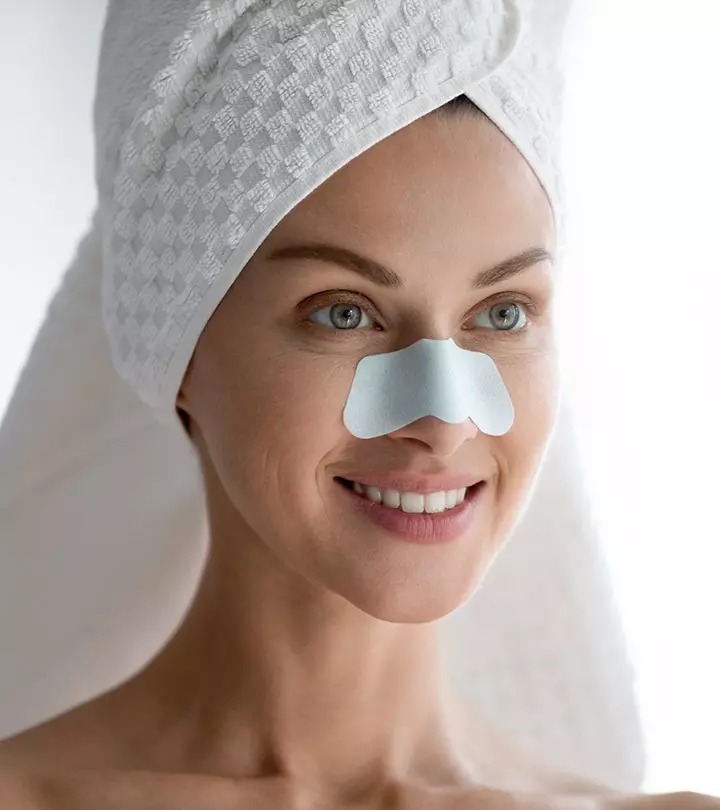

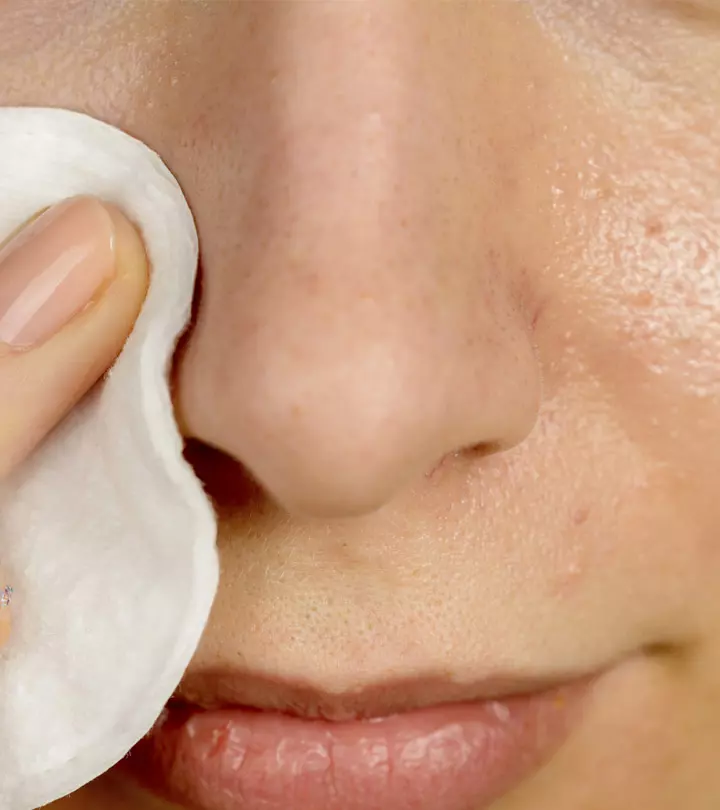
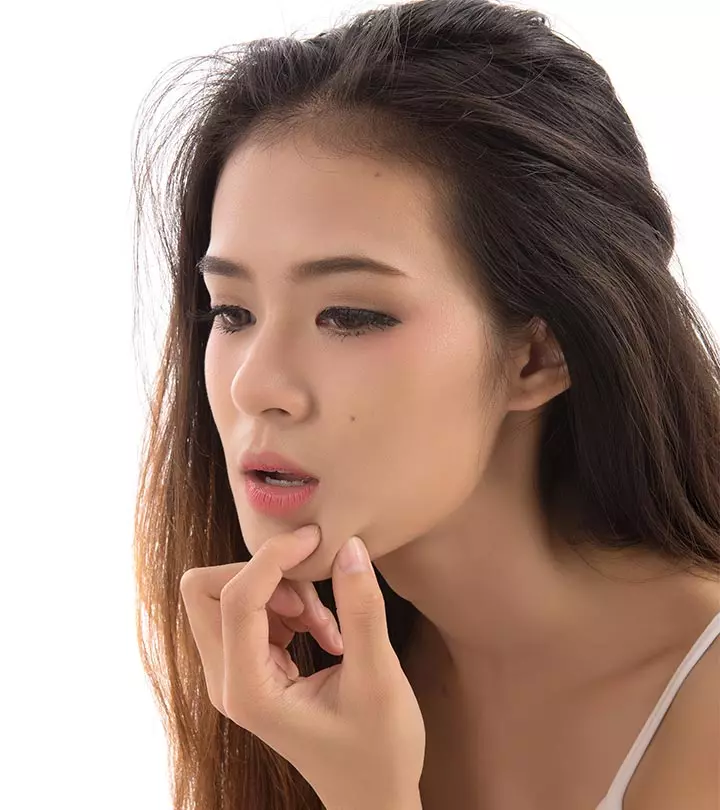
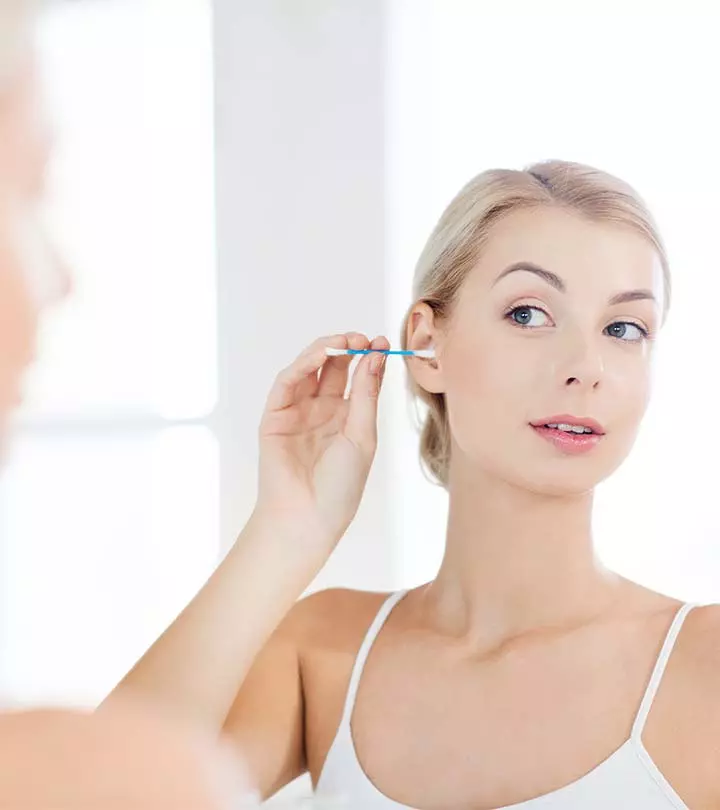

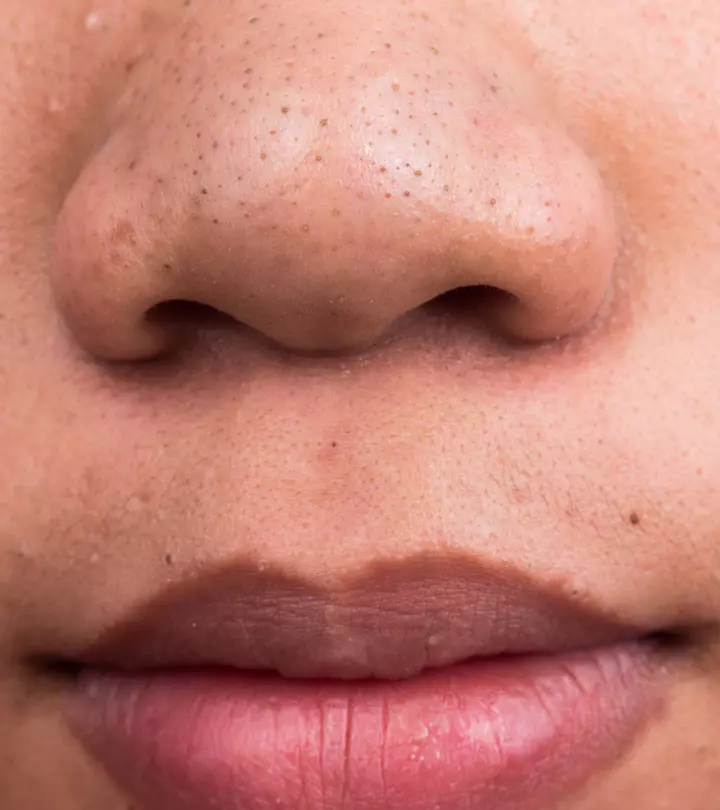
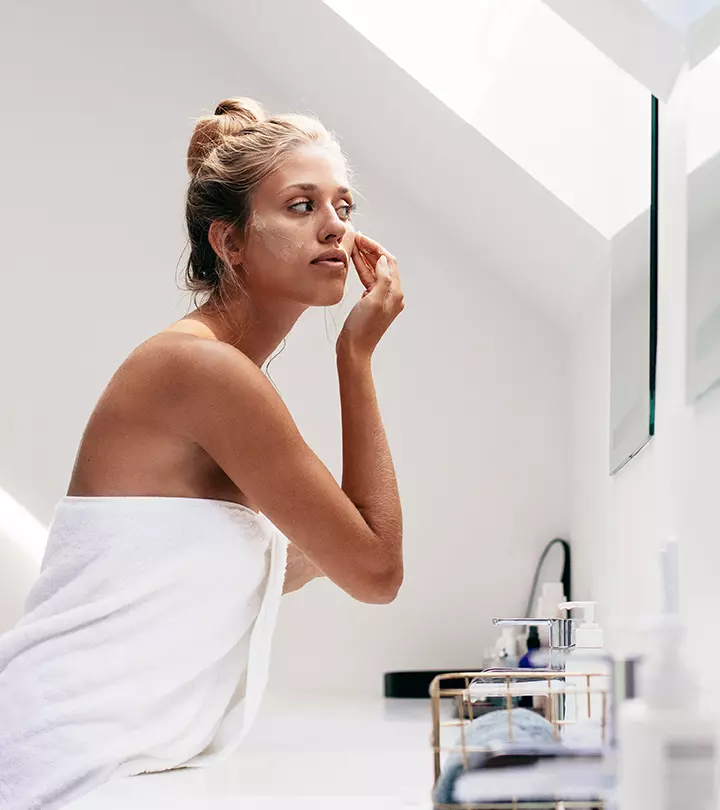
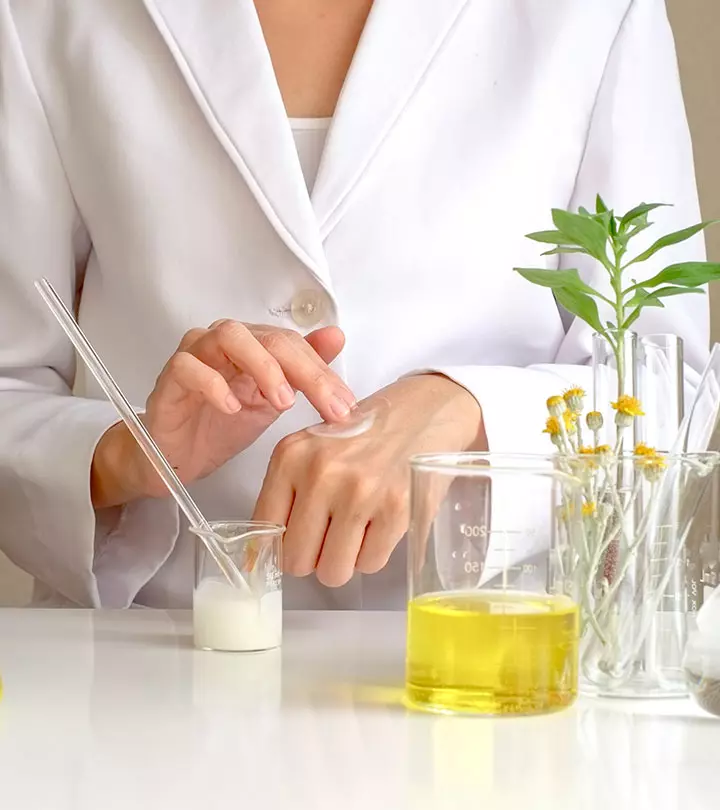
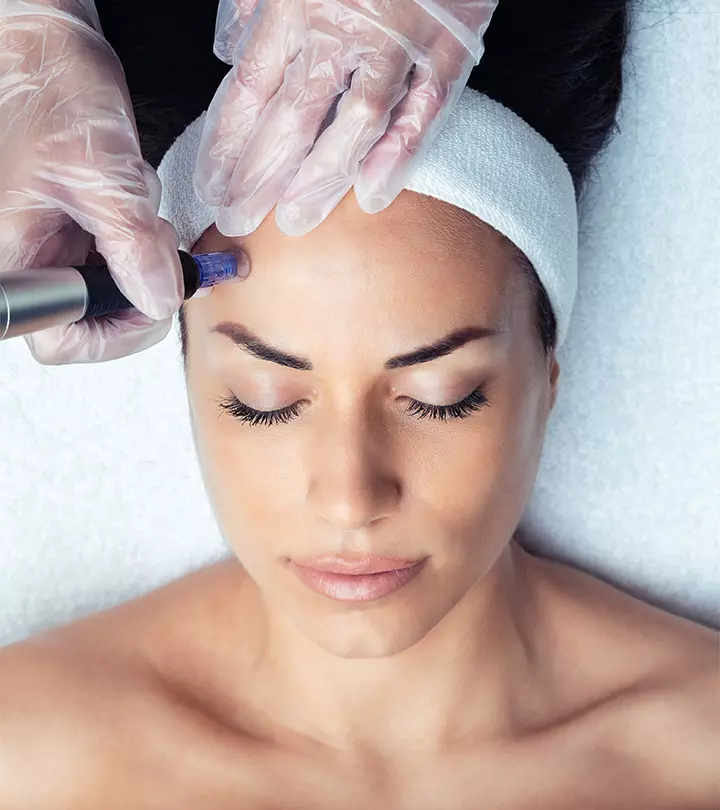
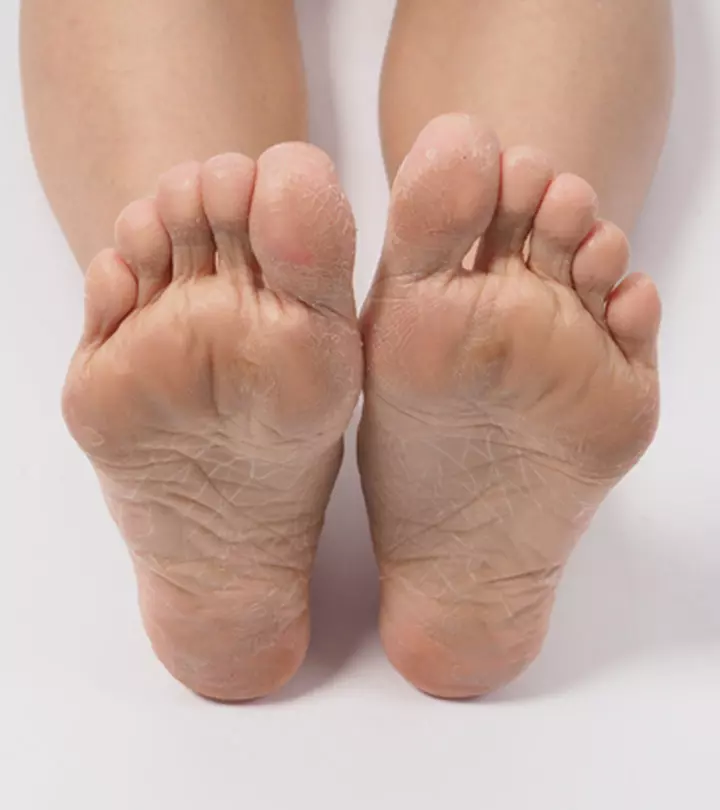
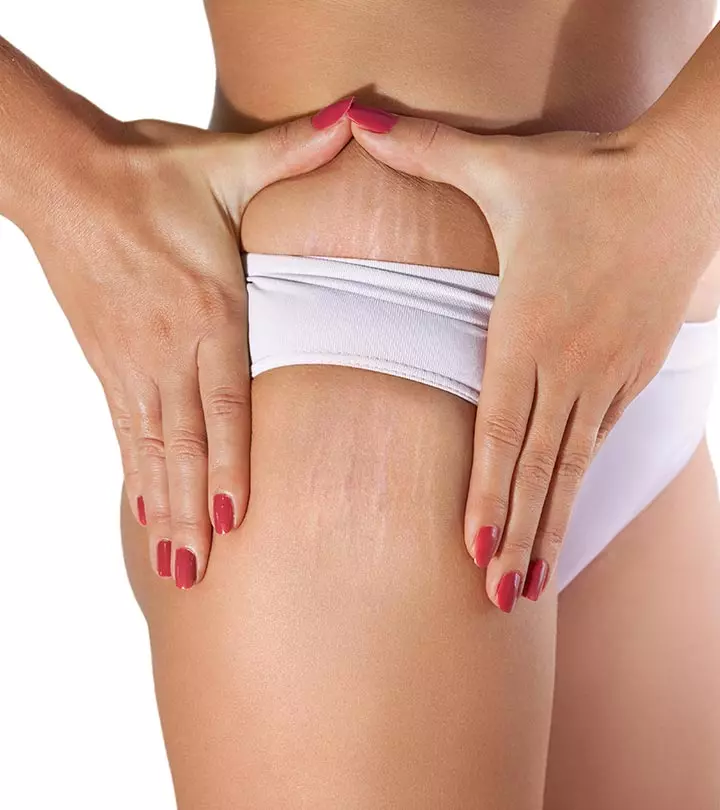
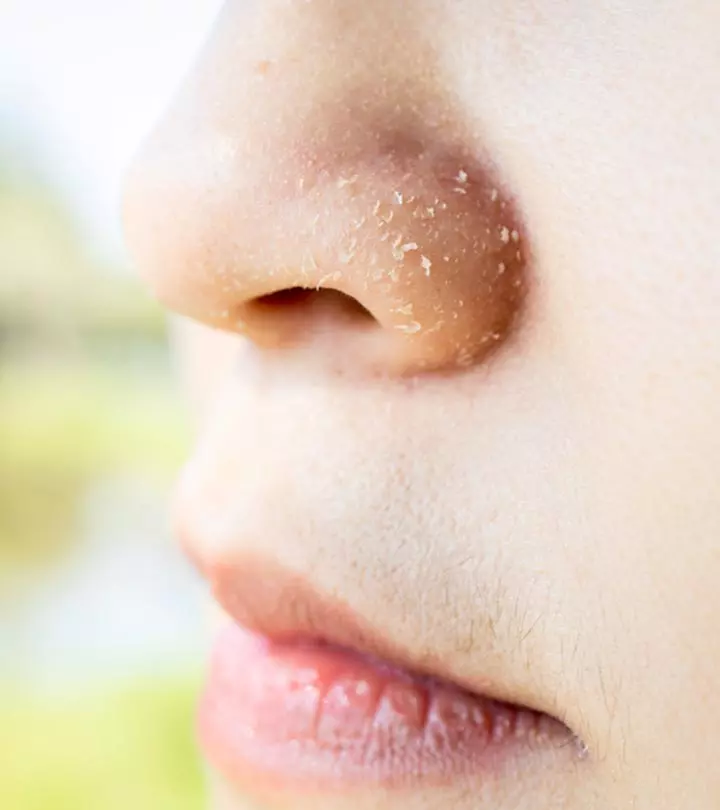
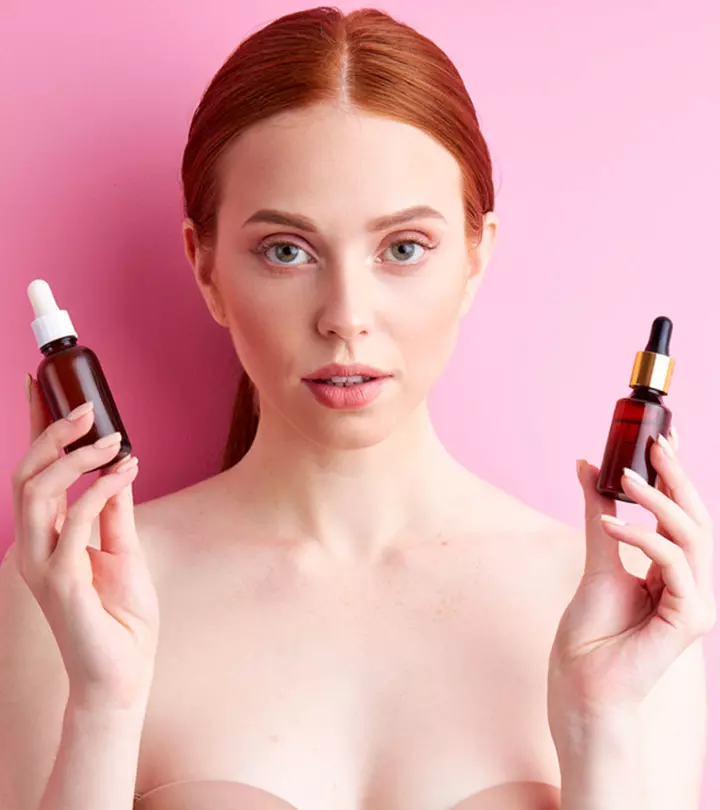
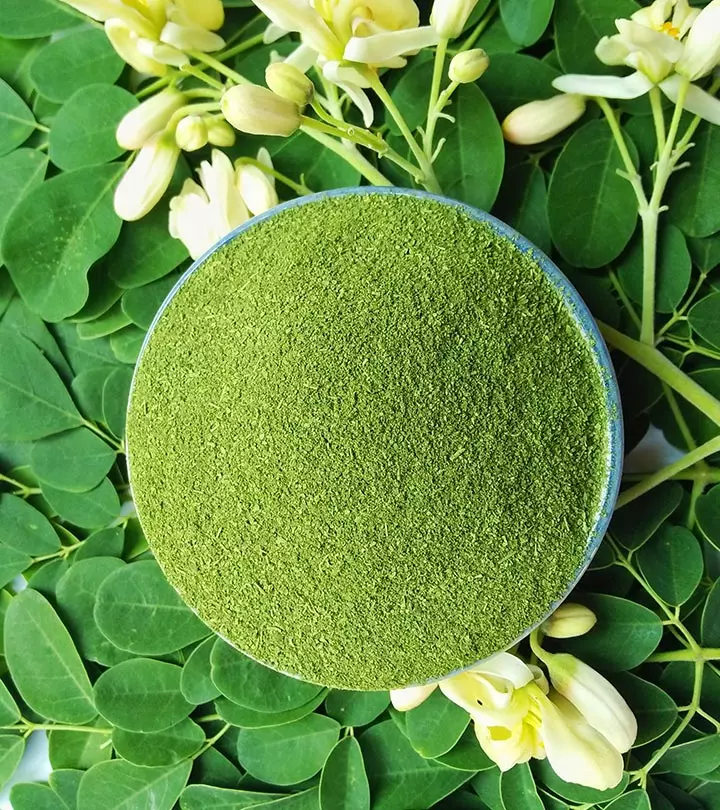

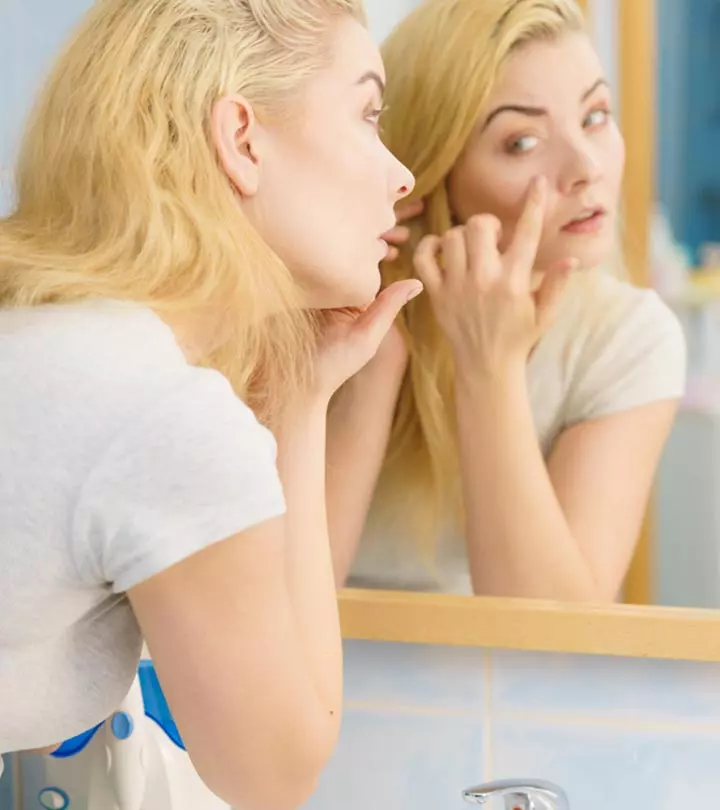
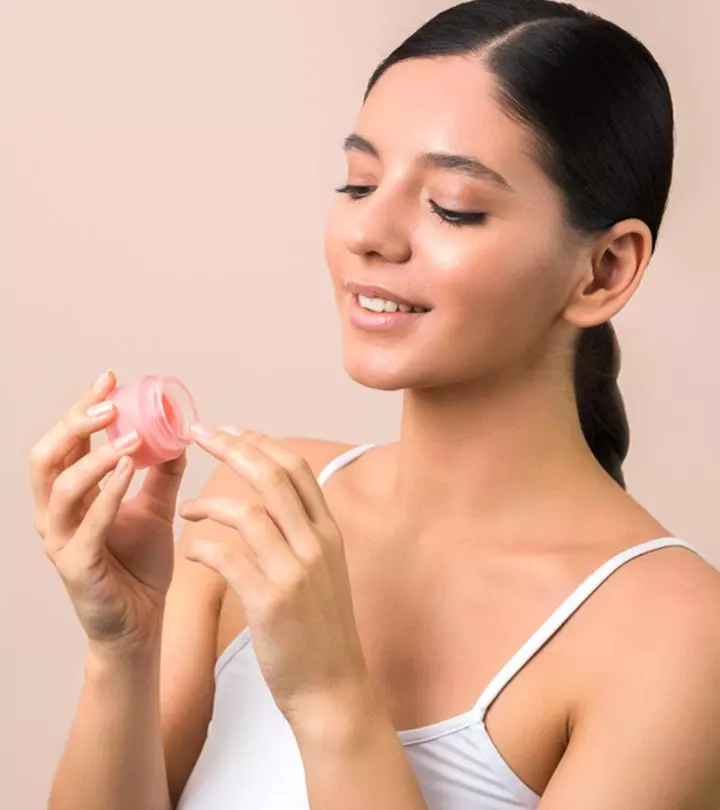
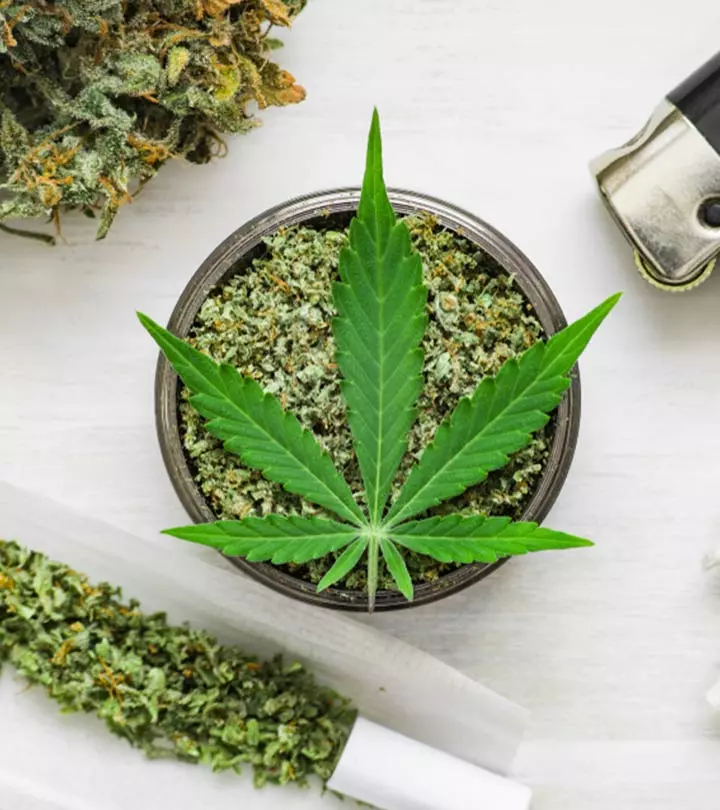

Community Experiences
Join the conversation and become a part of our empowering community! Share your stories, experiences, and insights to connect with other beauty, lifestyle, and health enthusiasts.